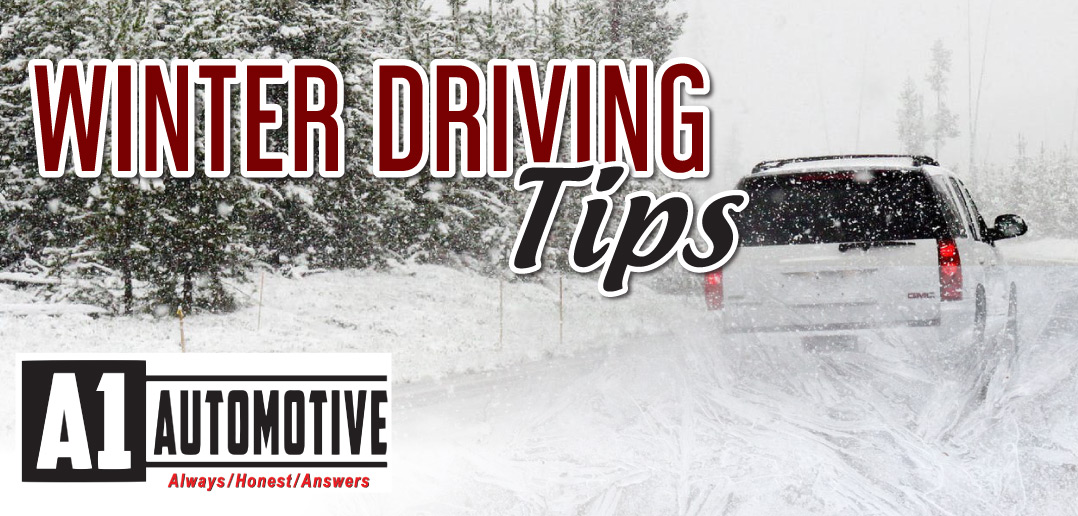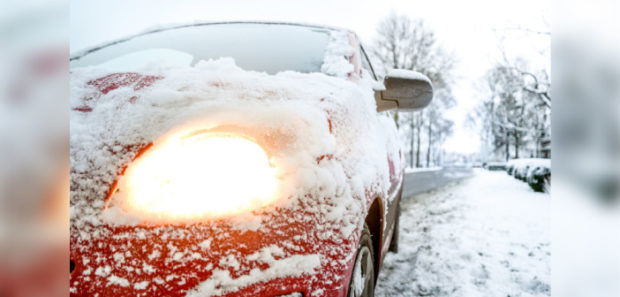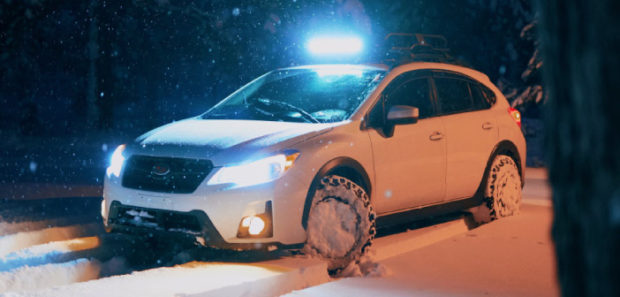Winter Driving Tips
Winter driving is dangerous and can be terrifying, even for well-seasoned motorists. The American Automobile Association’s Foundation for Traffic Safety says that snow-covered roads, as well as roads coated with ice, slush, or water, account for nearly 500,000 vehicle crashes and more than 2,000 road deaths each winter.
“When we hit the winter months, we start to see an increase of people becoming more erratic in their driving behavior because they are in a rush and don’t know how to drive in these conditions. With snow and ice on the roads, it becomes a potential disaster when there is a lot of traffic. This is why people should keep the following winter driving tips in mind,” said Kendall Warnock, owner of A1 Automotive.
Stay home: If the weather is bad, stay home, only go out if necessary.
Remove snow, ice: Carry a brush to remove snow on the vehicle’s roof, hood, trunk lid, and all windows before driving. Use a scraper or a credit card if necessary, to remove ice on the windows. Before you clear off the windows, start the car, set the air flow to defrost, the fan speed to maximum and the temperature to high. The goal is for the driver to have an unobstructed view in all directions.
Decrease speed: Winter driving is all about slowing down, giving yourself plenty of distance between vehicles in front and to the side of your vehicle. Lower your speed to account for poorer traction. A vehicle’s tires will slide on snow and ice so gently press down on the brake pedal to stop. Your tires will spin when accelerating so gently press down on the accelerator to go. Remember, bridges, and overpasses freeze first.
So many distractions: There are always distractions that come into play as part of everyday driving—the temptation to speak on the cellphone, a heated argument with a child, a humorous conversation with members of your carpool. But you really need to focus your attention more so on what is going on out that windshield when the weather is bad. The risk for an accident greatly increases when snow and ice cover the street. You have to be more cautious and vigilant. You also have to be aware of everybody else out there on the road in front of you and peripherally, people who may not be practicing the same (safe) driving principles you are using.
Four-wheel, all-wheel drive myth: People get a false sense of security thinking that because they have a 4-wheel or all-wheel drive vehicle that they are safer. They tell themselves, I have extra traction and extra traction means extra safety. Hence, I am going to speed, or I am not going to pay as close attention as I would in a sedan that doesn’t have those features. What those drivers fail to realize is their SUV’s steering, braking, cornering, and general maneuverability on snow, slush, and ice is no better than a front- or rear-drive sedan. Simply, slow down when the weather is bad no matter what type of vehicle you are driving.
Fill ‘er up: You don’t want to run out of gasoline if you end up stuck for hours in bumper-to-bumper traffic during a snowstorm. Follow this rule during the winter: When the tank is half empty, fill it up.



